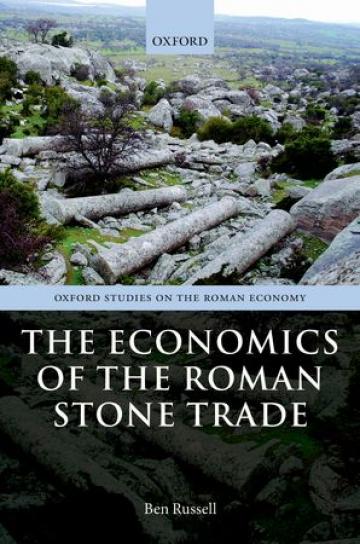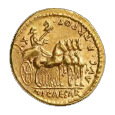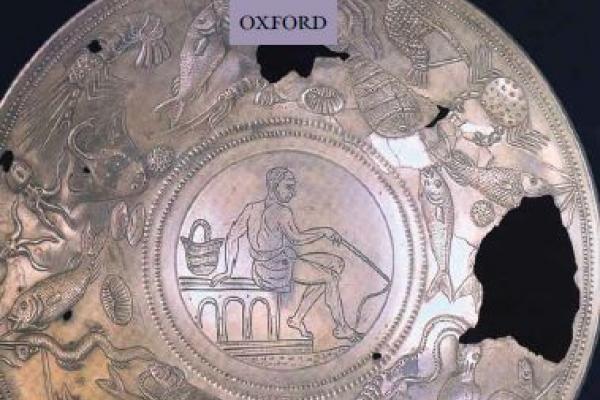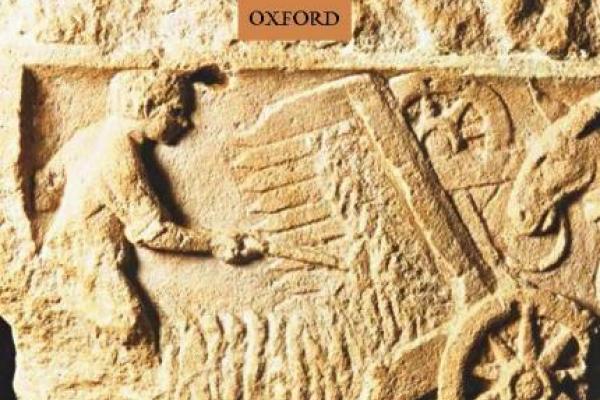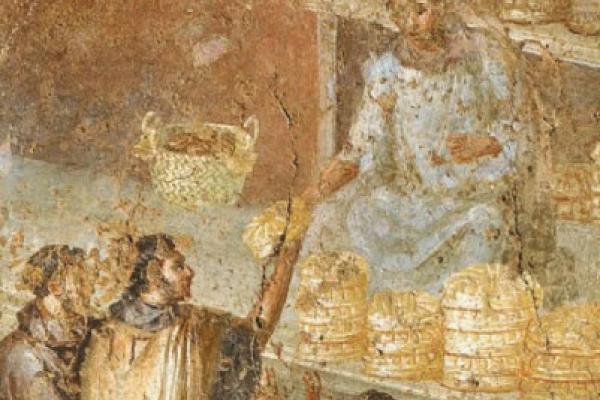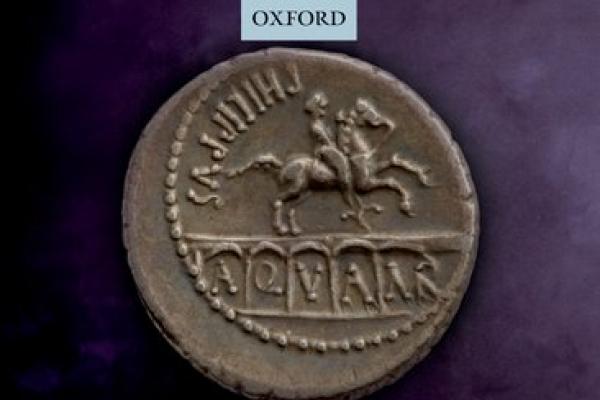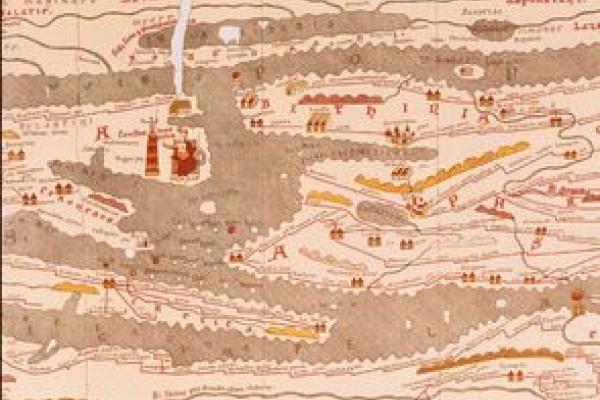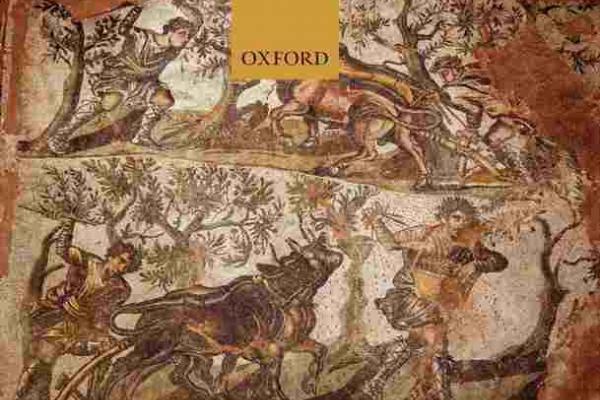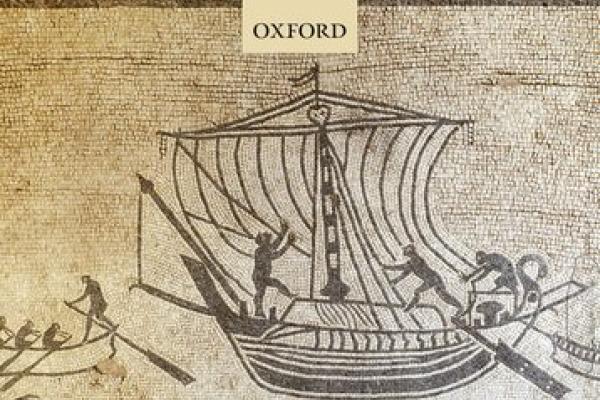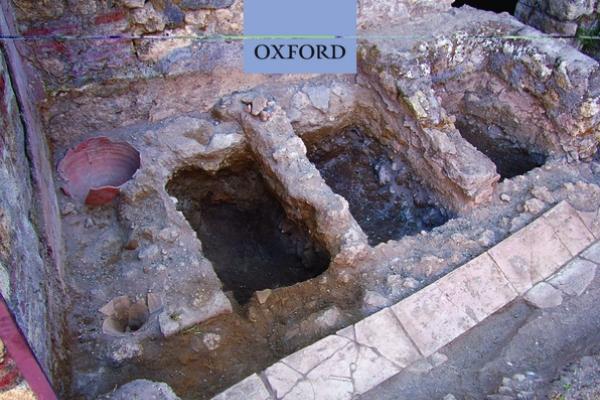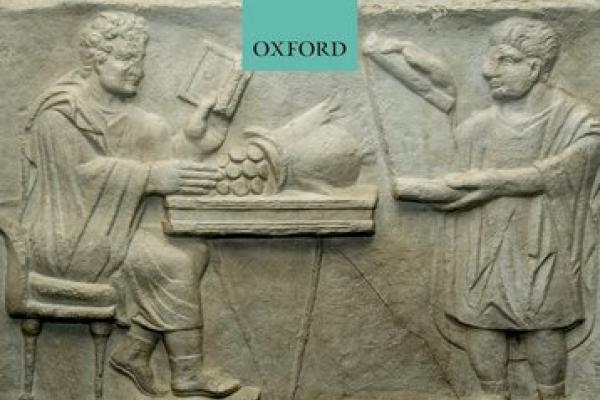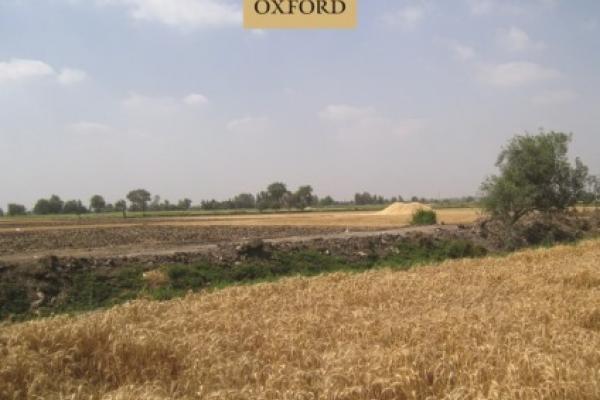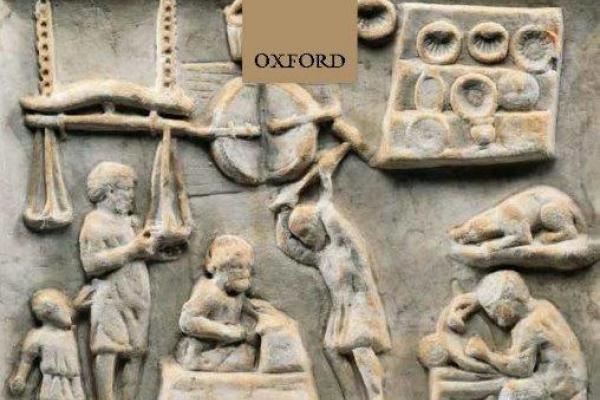The Economics of the Roman Stone Trade
The Economics of the Roman Stone Trade
Ben Russell
Oxford Studies on the Roman Economy, Oxford University Press. 2013.
The use of stone in vast quantities is a ubiquitous and defining feature of the material culture of the Roman world. In this volume, Russell provides a new and wide-ranging examination of the production, distribution, and use of carved stone objects throughout the Roman world, including how enormous quantities of high-quality white and polychrome marbles were moved all around the Mediterranean to meet the demand for exotic material.
The long-distance supply of materials for artistic and architectural production, not to mention the trade in finished objects like statues and sarcophagi, is one of the most remarkable features of the Roman world. Despite this, it has never received much attention in mainstream economic studies. Focusing on the market for stone and its supply, administration, distribution, and chronology of quarrying, Russell offers a detailed assessment of the practicalities of stone transport and how the relationship between producer and customer functioned even over considerable distances.
For more information, and to order, see the OUP catalogue.
